DHEA Levels
DHEA or dehydroepiandrosterone is a steroid hormone, produced by the adrenal gland. The brain and gonads also produce this hormone, while the kidneys are responsible for the excretion of DHEA. This hormone is produced in both men and women. In the human organism, it gets converted into some other hormones, usually estrogen, testosterone, and melatonin. If there happens to be a low hormone (of almost every human hormone) level in the body, DHEA can be converted into that hormone. Because of this property, DHEA is also known as the mother hormone.
Under the usual circumstances, there is plenty of DHEA in the blood. The normal levels of DHEA are considered to be 25 to 220mol/l (or 1.9 to 7.6ng/ml).
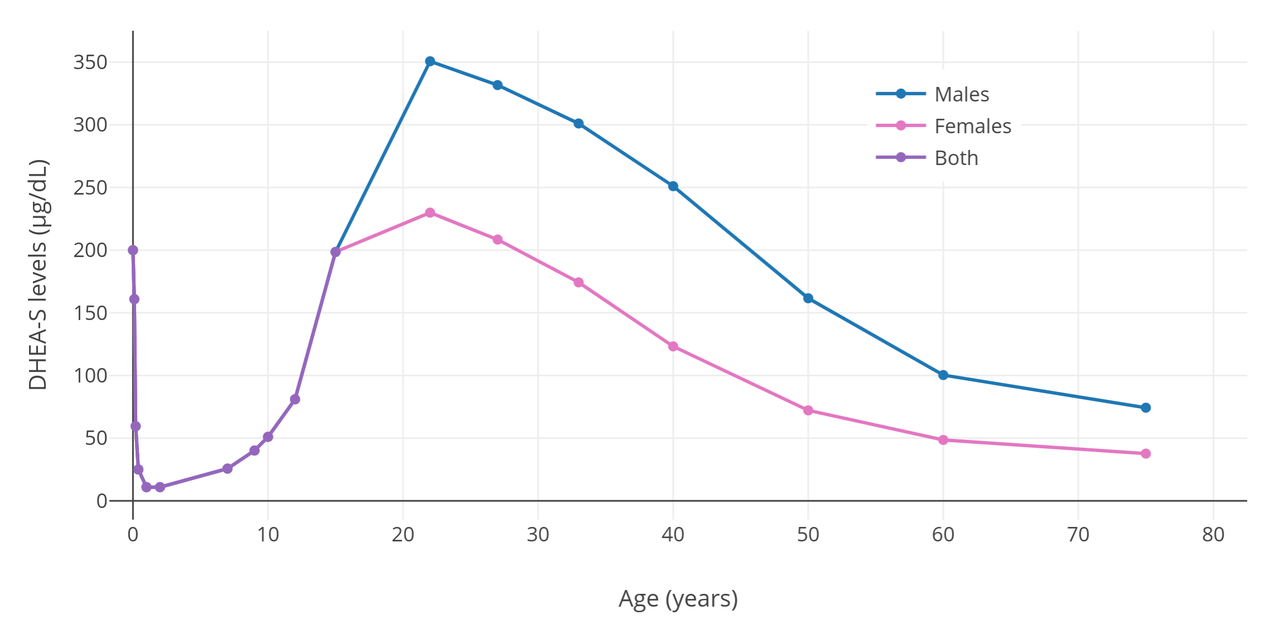
DHEA regulates many physiological functions of the body. Without it, we couldn’t survive, because it is responsible for cardiovascular health, HDL level (“good” cholesterol), immune system, and energy level. DHEA maintains a healthy weight, prevents obesity and aging, and improves your memory. This hormone is believed to block the growth of cancer cells. In diseases such as cancers, diabetes, osteoporosis, and heart problems, there is always a low level of DHEA. Maintaining an optimal level of DHEA is crucial for our health.
Low DHEA
Older people have lower DHEA levels since there is a decrease of this hormone with aging. Other causes of DHEA decrease might be overconsumption of vitamin C or exposure to massive electricity. Some severe diseases also have an impact on DHEA and cause depletion of this hormone.
People experiencing low DHEA usually suffer from many health problems. Sometimes, there is unexplainable weight gain, constant tiredness, low libido and overall energy, pain in the joints, memory loss, and mood swings. People with low DHEA experience reduced body hair, especially on the pubis, underarms, and sometimes on the legs. Some of these patients may have problems with clogged arteries.
Increase DHEA Naturally
There is a way to increase the level of DHEA naturally. Exercise regularly, maintain a healthy lifestyle, and be on a low-calorie and omega-3-rich diet. Some specialists claim that a low carbohydrate diet also benefits the DHEA level. Reduce everyday stress if you can and take an adequate amount of sleep.
There are some synthetic DHEA, used as supplements. These include: Fidelin, Fluasterone, Prastera and Prasterone. They are available as tablets, capsules, or injections, and the dose varies from 15 to 50mg per day. These products are not safe to be used because they could abnormally raise DHEA levels, and cause serious health consequences. Synthetic DHEA may cause heart problems, and therefore these OTC products should not be used without consultation with your doctor.
- A systematic literature search was performed in Scopus, Embase, Web of Science, and PubMed databases up to February 2020 for RCTs that investigated the effect of DHEA supplementation on testosterone levels. The estimated effect of the data was calculated using the weighted mean difference (WMD). Subgroup analysis was performed to identify the source of heterogeneity among studies.
- Overall results from 42 publications (comprising 55 arms) demonstrated that testosterone level was significantly increased after DHEA administration (WMD: 28.02 ng/dl, 95% CI: 21.44–34.60, p = 0.00).
- Subgroup analyses revealed that DHEA increased testosterone level in all subgroups, but the magnitude of increment was higher in females compared to men (WMD: 30.98 ng/dl vs. 21.36 ng/dl); DHEA dosage of ?50 mg/d compared to ?50 mg/d (WMD: 57.96 ng/dl vs. 19.43 ng/dl); intervention duration of ?12 weeks compared to ?12 weeks (WMD: 44.64 ng/dl vs. 19 ng/dl); healthy participants compared to postmenopausal women, pregnant women, non-healthy participants and androgen-deficient patients (WMD: 52.17 ng/dl vs. 25.04 ng/dl, 16.44 ng/dl and 16.47 ng/dl); and participants below 60 years old compared to above 60 years old (WMD: 31.42 ng/dl vs. 23.93 ng/dl).
- medlineplus.gov/ency/article/003717.htm
- medlineplus.gov/druginfo/natural/331.html
- Photo courtesy of Medgirl131 by Wikimedia Commons: commons.wikimedia.org/wiki/File:Dehydroepiandrosterone_sulfate_levels_throughout_life_in_human_males_and_females.png


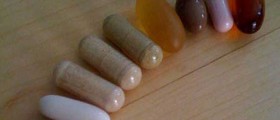
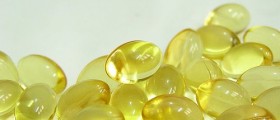

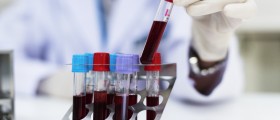
-In-Adults_f_280x120.jpg)






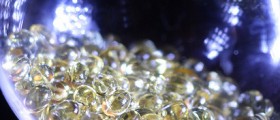



Your thoughts on this
Loading...